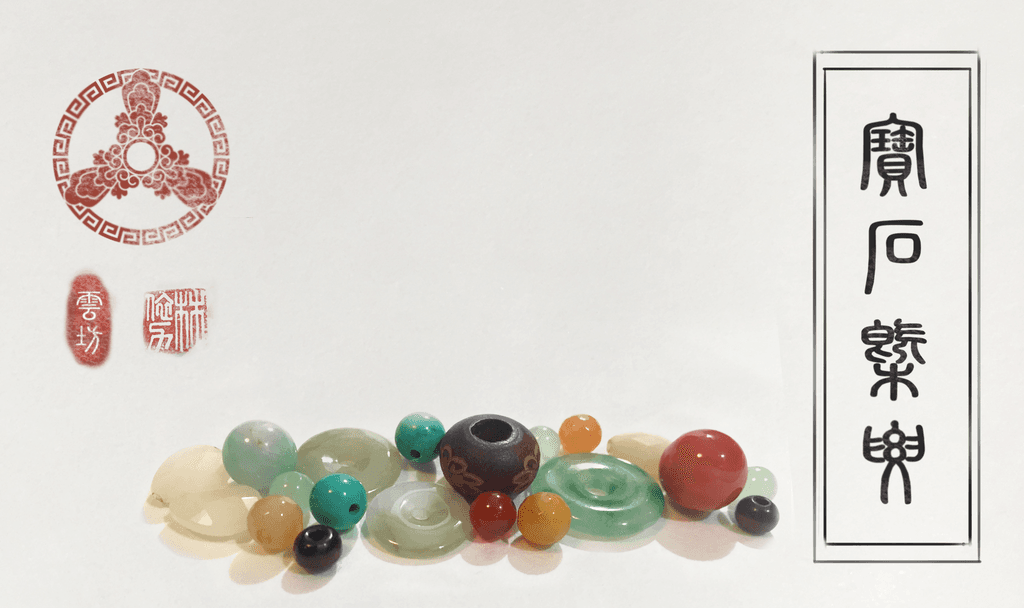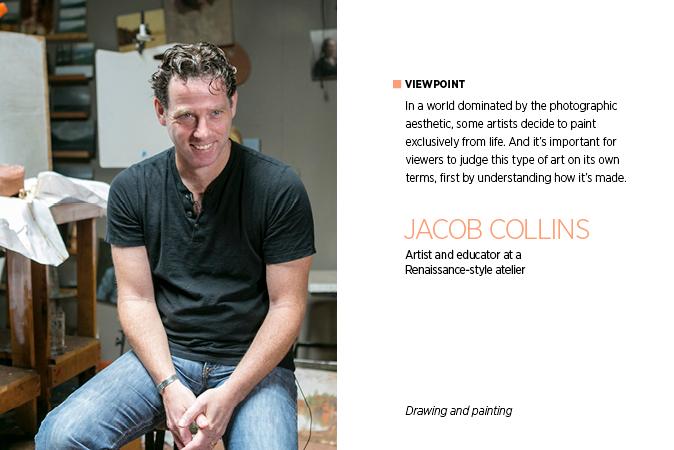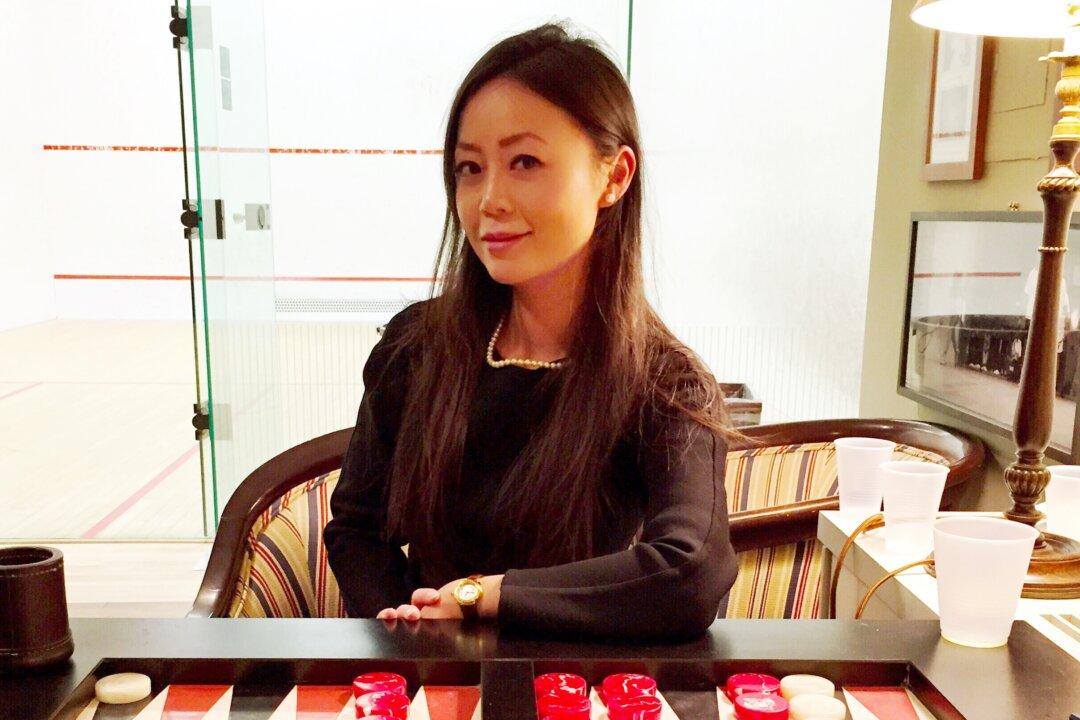The newest exhibit at the Brooklyn Museum explores art in the Spanish American colonies during a time of shifting social, political, and racial identities.
NEW YORK—In the year 1790, Spanish America stretched from the modern-day American Northwest to Florida and the tip of South America, encompassing practically everything but Canada, the newly formed United States, and Portuguese Brazil.
It was a land of riches. In addition to abundant native resources that included silver and gold, Spanish colonials enjoyed annual shipments of luxury goods from Asia and Europe brought in the hulls of Manila galleons. These included European laces, Japanese boxes and folding screens, elaborate lacquerware, and fine textiles and ceramics from China.
It was also a land of complicated social relations and racial mixing. White Spaniards sat at the top of the social hierarchy, above Creoles, indigenous people, and mestizos, who sat above Africans.
Yet these castes intermarried as much as they sought to distinguish themselves from one another.
The Brooklyn Museum’s newest exhibit explores this cultural backdrop. Behind Closed Doors: Art in the Spanish American Home, 1492–1898 covers several untidy themes in a compact format.
Drawing generally from art produced throughout the Spanish colonies, curators organized 160 objects—paintings, sculptures, prints, textiles, and decorative art objects—into six galleries, each representing a room in an affluent Spanish colonist’s home.
Such a home would have had nearly 20 rooms, but the exhibition concerns itself with the first six leading in from the street. The first of these would have been open to the public and served to flaunt a family’s wealth and worldliness, while the rest were for private use.
It is in the private rooms that the objects echoed issues that citizens of Spanish America grappled with: political allegiance, racial identity, and social status.
Pride and Identity
Having money did not equate to having rank. Proof of lineage and pure blood (that is, not having Jewish or Moorish blood) allowed a person to claim a title bestowed by the crown.
The Spanish crown encouraged the intermarriage of Spanish ambassadors to native noblewomen, at once securing allegiances with and asserting political dominance over the native population.
The colonists would have had portraits of their sovereign hanging in their reception room, according to exhibition curator Richard Aste, in case their king ever showed up at the house. He never would come to America, but instead sent his viceroy.
Allegiance to the Spanish crown notwithstanding, portraits of native kings, such as the Inca kings, were not uncommon in these homes. Interestingly, before the Spanish arrived, the native kings did not have a tradition of having their own portraits made or their family trees mapped. It was the Spanish obsession with bloodline and nobility that prompted this practice.
“They wanted to make sure the new Europeans in power recognized their noble rank because if you were identified by a Spaniard as being noble, you were allowed to ride a horse, use the title Don or Doña and wear Spanish dress,” Aste said.
Natives were not the only ones concerned with proving their lineage. A young Spanish man in Mexico called Don José Maria who wished to procure a title was prompted to produce tomes describing his family’s background. Only having sufficiently satisfied the Crown that he was pure of blood did he procure the position of count.
Yet his national allegiance was not entirely clear, even to himself. Within three years of obtaining that coveted title, he did an about-face and fought for Mexican independence. Both the family record book he submitted to Spain and an Act of Mexican Independence, which bears Don José Maria’s signature, are on display.
Racial background was constantly on the minds of everyone in the Spanish empire. In a didactic portrait painted in Mexico in the early 18th century, a Spanish man and an indigenous woman are feeding their child. A caption on the painting reads, “From Spanish and Indian come Mestizo.” Similar portraits would have described other racial mixes.
While the citizens of the Spanish empire used art to come to terms with a new social order, the artistic traditions from everyone’s cultural origins had already begun to mix.
Elements from indigenous religion seeped into Catholic representations of holy figures. Tableware bearing native motifs was coveted by the Spanish elite. The fashions of the old country eventually incorporated elements of native dress and furnishing. A unique New World aesthetic was born.
Behind Closed Doors: Art in the Spanish American Home, 1492–1898
Sept. 20 through Jan. 12, 2014
Brooklyn Museum
200 Eastern Parkway
Brooklyn, N.Y.
718-638-5000
www.brooklynmuseum.org; $8–$12 suggested admission






